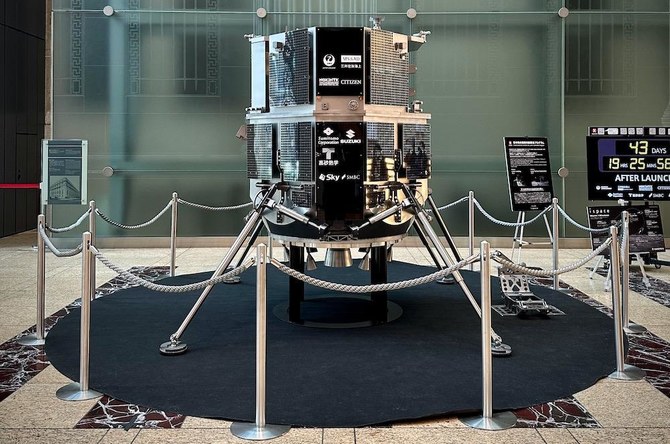TOKYO: Japanese startup ispace inc’s failed Hakuto-R moon landing mission last month was caused by an altitude miscalculation that meant the spacecraft ran out of fuel, the company said on Friday.
Tokyo-based ispace lost connection with the Hakuto-R Mission 1 lander after the spacecraft attempted what would have been the world’s first commercial soft-landing on the moon’s surface.
The 2.3-meter carried a mini lunar rover for the UAE – the Rashid Rover – and a toylike robot from Japan designed to roll around in the moon dust. There were also items from private customers on board.
The crash was the latest setback in Japan’s space program. The national space agency in March had to destroy its new medium-lift H3 rocket and its solid-fuel Epsilon rocket failed after launch in October.
ispace said improvements would be made for its second and third missions.
“Through these two missions, it is very important for us to increase our knowledge as much as possible to achieve stable commercialization in the future,” ispace chief executive Takeshi Hakamada told reporters at the Japan National Press Club.
Whereas national space agencies dominated space exploration in decades past, numerous private players are competing in a new space race between the United States and its allies versus an increasingly ambitious China.
NASA has relied on Elon Musk’s SpaceX to carry many of its payloads into orbit, and last week the agency awarded a lunar lander contract to a team led by Jeff Bezos’ Blue Origin.
A second ispace mission is scheduled in 2024, with another M1 lander due to carry the company’s own rover. From 2025, the company is set to work with US space software developer Draper to bring NASA payloads to the moon, aiming to build a permanently staffed lunar colony by 2040.






















